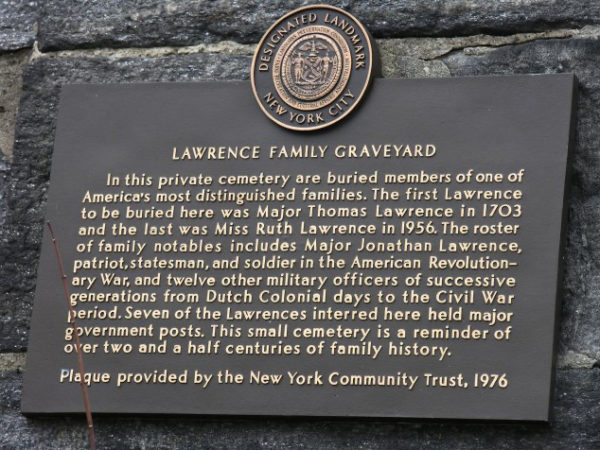The area now known as Astoria was originally called Hallett’s Cove, after its first landowner William Hallet, who settled there in 1652 with his wife, Elizabeth Fones. Beginning in the early 19th century, affluent New Yorkers constructed large residences around 12th and 14th streets, an area that later became known as Astoria Village (now Old Astoria). The area was renamed for John Jacob Astor, then the wealthiest man in America with a net worth of more than $40 million, in order to persuade him to invest in the neighborhood. He only invested $500, but the name stayed nonetheless, Astor, however, never actually set foot in Astoria.
Astoria and several other surrounding villages, including Steinway, were incorporated into Long Island City in 1870. Long Island City remained an independent municipality until it was incorporated into New York City in 1898. The area’s farms were turned into housing tracts and street grids to accommodate the growing number of residents.
Astoria also figured prominently in early American filmmaking as one of its initial centers. That heritage is preserved today by the Museum of the Moving Image and Kaufman Astoria Studios.
Location
Astoria is bounded by the East River and is adjacent to Long Island City, Sunnyside, and Woodside.
Astoria Park Pool and Play Center
Astoria Park, 19 19th Street, Astoria, NY, USASTATUS: Designated Individual Landmark
Sohmer & Company Piano Factory Building
31-01 Vernon Boulevard, Astoria, NY, USASTATUS: Designated Individual Landmark
Lawrence Family Graveyard
Queens, NY, 11105, USASTATUS: Designated Individual Landmark
Steinway House
18-33 41st Street, Long Island City, NY, USASTATUS: Designated Individual Landmark
Sidewalk Clock, 30-78 Steinway Street
STATUS: Designated Individual Landmark
Paramount Studios Building No.1 (Kaufman Astoria Studios)
35-11 35th Street, Astoria, NY, USASTATUS: Designated Individual Landmark







